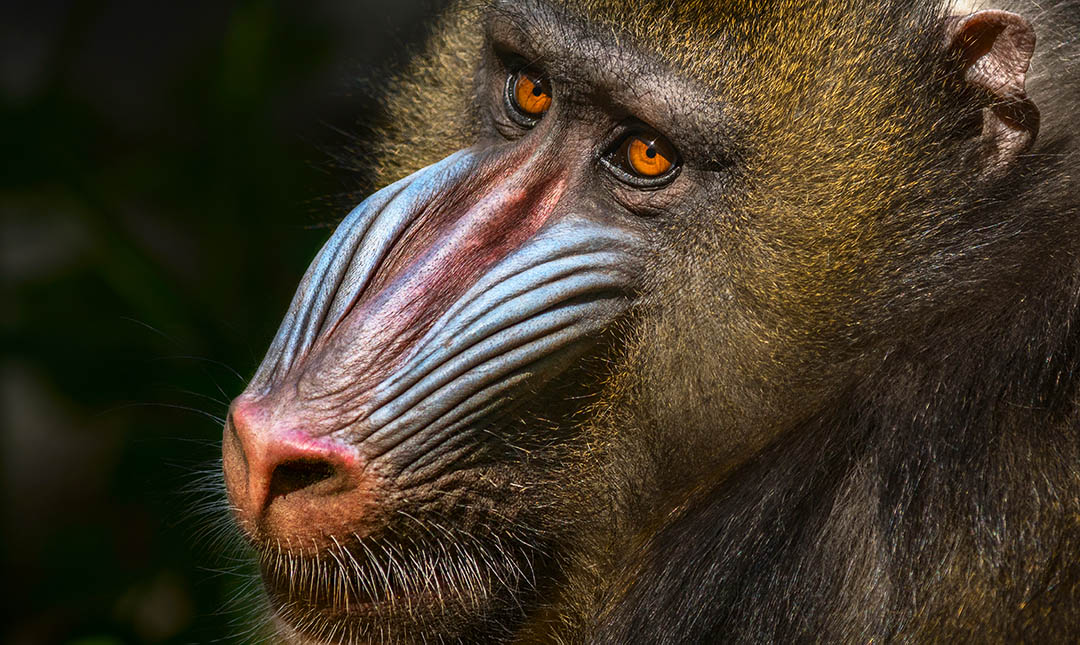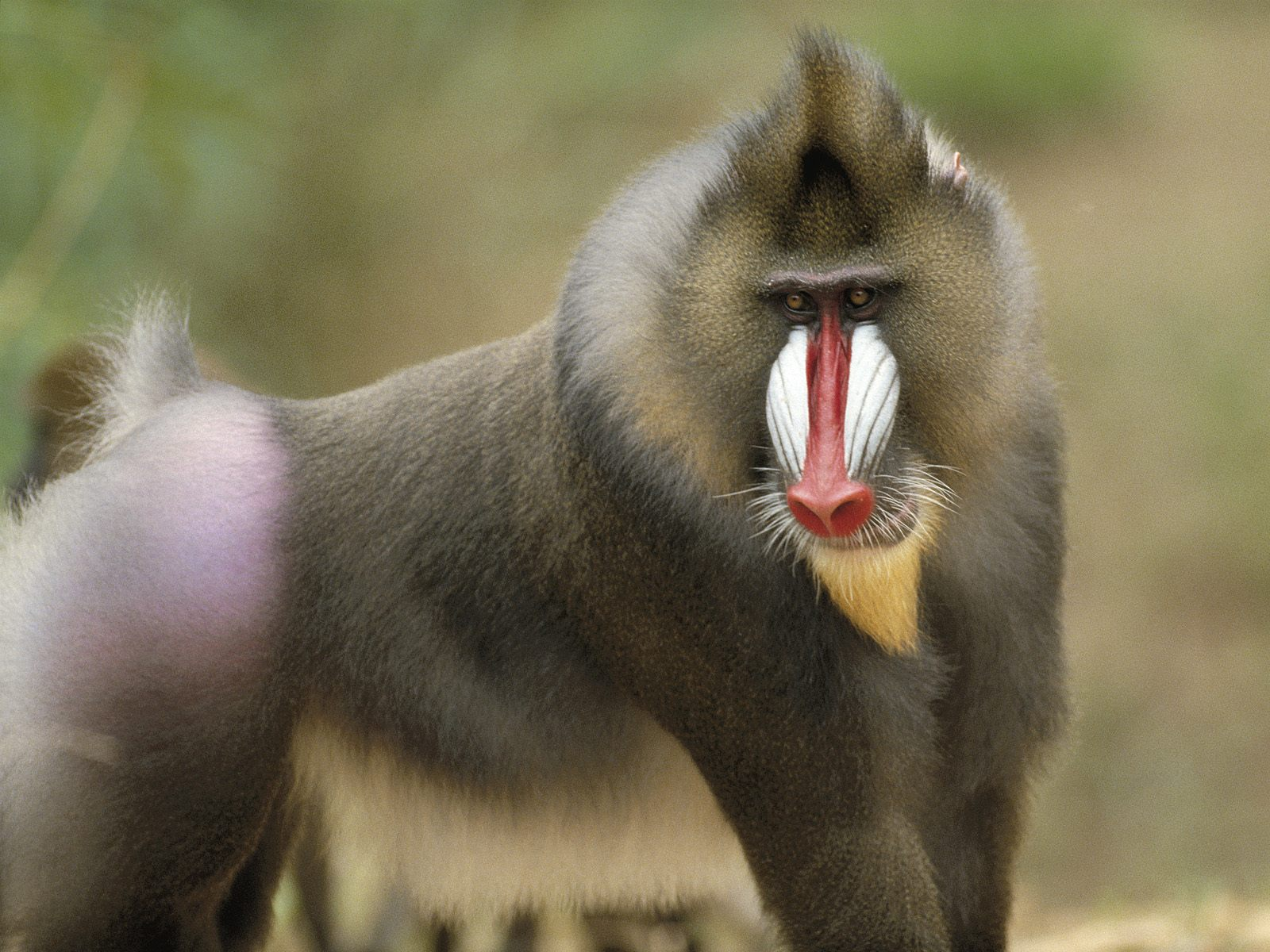The Lion King is one of the most iconic animated films in cinematic history, and its portrayal of African wildlife continues to captivate audiences worldwide. Among the many memorable characters, Rafiki, the wise mandrill, plays a pivotal role in the story. However, the actual mandrill species is equally fascinating, with unique characteristics and behaviors that make it one of the most striking primates in the world. In this article, we will explore the connection between The Lion King mandrill and its real-life counterpart, shedding light on the species' remarkable traits.
This article aims to provide an in-depth understanding of the mandrill, focusing on its significance in both popular culture and the animal kingdom. By examining its role in The Lion King and exploring its natural habitat, behavior, and conservation status, we hope to deepen your appreciation for this extraordinary creature.
Whether you're a fan of The Lion King or simply fascinated by wildlife, this article will offer valuable insights into the mandrill's world. Let's dive into the fascinating relationship between the fictional Rafiki and the real-life mandrill species.
Read also:Did Kody Brown Marry Again Unveiling The Truth Behind The Popular Question
Table of Contents
- Introduction to The Lion King Mandrill
- Biography of Rafiki in The Lion King
- Real-Life Mandrills: A Closer Look
- Habitat and Distribution
- Physical Traits of Mandrills
- Behavioral Characteristics
- Diet and Feeding Habits
- Conservation Status
- Cultural Significance
- Comparing Rafiki and Real Mandrills
- Conclusion and Call to Action
Introduction to The Lion King Mandrill
Rafiki's Role in The Lion King
In Disney's The Lion King, Rafiki, the wise mandrill, serves as a spiritual guide and mentor to Simba, the young lion prince. His role in the story highlights themes of wisdom, leadership, and the circle of life. Through Rafiki's teachings, Simba learns valuable lessons about responsibility and courage, making Rafiki an essential character in the film's narrative.
Rafiki's portrayal as a mandrill adds a layer of authenticity to the story, drawing inspiration from the real-life species. The character's vibrant colors and distinctive features mirror those of actual mandrills, making him both recognizable and endearing to audiences.
Biography of Rafiki in The Lion King
Data and Biodata of Rafiki
Rafiki's character in The Lion King is rich with detail, and his background provides insight into his role in the story. Below is a summary of Rafiki's key attributes:
| Attribute | Details |
|---|---|
| Name | Rafiki |
| Species | Mandrill |
| Role | Spiritual guide and mentor |
| Abilities | Wisdom, healing, and prophecy |
| Appearance | Vibrant colors, long tail, and distinctive facial markings |
Real-Life Mandrills: A Closer Look
Overview of the Mandrill Species
The mandrill (Mandrillus sphinx) is a species of primate native to the rainforests of Central Africa. Known for its striking appearance, the mandrill is one of the largest species of monkey in the world. Its colorful face, with bright red and blue markings, makes it easily recognizable and a symbol of African wildlife.
Despite its popularity in media, the mandrill faces numerous challenges in the wild, including habitat loss and hunting. Conservation efforts are crucial to ensuring the survival of this remarkable species.
Habitat and Distribution
Where Do Mandrills Live?
Mandrills primarily inhabit the dense rainforests of Equatorial Guinea, Gabon, Cameroon, and the Congo. These regions provide the ideal environment for the species, with abundant food sources and protection from predators. Mandrills are highly adaptable, allowing them to thrive in various forest ecosystems.
Read also:Hub4u Movie Download Your Ultimate Guide To Legal And Safe Streaming
Key features of their habitat include:
- Thick vegetation for shelter and camouflage
- Abundant fruit trees for food
- Proximity to water sources
Physical Traits of Mandrills
Distinctive Features of the Mandrill
Mandrills are renowned for their vibrant colors and robust build. Adult males, in particular, exhibit striking facial markings, with bright red and blue stripes on their noses and prominent ridges around their eyes. Their coats are dark gray or olive, with a reddish-brown rump that serves as a signal for group movement.
Other notable physical traits include:
- Long, powerful limbs for climbing and walking
- Sharp canine teeth for defense and intimidation
- A relatively short tail compared to other primates
Behavioral Characteristics
How Mandrills Interact in the Wild
Mandrills are highly social animals, living in large groups known as hordes. These groups can consist of several hundred individuals, making them one of the largest primate social units. Within the horde, mandrills exhibit complex social behaviors, including grooming, communication, and cooperative foraging.
Key behaviors include:
- Grooming to strengthen social bonds
- Using vocalizations and body language to communicate
- Forming alliances for protection and resource sharing
Diet and Feeding Habits
What Do Mandrills Eat?
Mandrills are omnivorous, consuming a wide variety of plant and animal matter. Their diet primarily consists of fruits, seeds, nuts, and insects, with occasional consumption of small vertebrates. This diverse diet allows them to thrive in their forest habitats, where food availability can vary seasonally.
Interesting facts about their diet:
- Fruits make up the majority of their calorie intake
- They use their strong teeth to crack open hard nuts
- Insects provide essential protein and nutrients
Conservation Status
Threats Facing Mandrills Today
Despite their adaptability, mandrills face significant threats in the wild. Habitat destruction, driven by logging and agriculture, has reduced their available living space. Additionally, hunting for bushmeat poses a severe threat to mandrill populations, as they are often targeted for their meat and body parts.
Conservation efforts are underway to protect mandrills and their habitats. Organizations such as the IUCN and local wildlife reserves are working to establish protected areas and educate communities about the importance of conservation.
Cultural Significance
Mandrills in Mythology and Media
Mandrills have long been revered in African cultures for their strength and wisdom. In many traditional beliefs, they are seen as symbols of power and resilience, often featured in folklore and rituals. The portrayal of Rafiki in The Lion King reflects these cultural associations, highlighting the mandrill's role as a spiritual guide.
Modern media has further popularized the mandrill, bringing attention to its unique characteristics and conservation needs. Through films, documentaries, and educational programs, the mandrill continues to inspire audiences worldwide.
Comparing Rafiki and Real Mandrills
Similarities and Differences
While Rafiki's character draws inspiration from real-life mandrills, there are notable differences between the two. For example, Rafiki's ability to speak and act as a mentor is purely fictional, reflecting the storytelling needs of The Lion King. In contrast, real mandrills communicate through vocalizations, body language, and facial expressions.
However, both Rafiki and real mandrills share traits such as wisdom, strength, and social intelligence. These qualities make the mandrill a compelling subject for both art and science.
Conclusion and Call to Action
Final Thoughts on The Lion King Mandrill
The Lion King mandrill, Rafiki, has captured the hearts of audiences worldwide, bringing attention to the real-life mandrill species. By exploring the connection between the fictional character and its natural counterpart, we gain a deeper appreciation for the mandrill's remarkable traits and the challenges it faces in the wild.
We invite you to take action in supporting mandrill conservation efforts. Whether through donations, volunteering, or simply spreading awareness, your contributions can make a difference. Share this article with others, and encourage them to learn more about the incredible world of mandrills. Together, we can help preserve this extraordinary species for future generations.
For more insights into wildlife and conservation, explore our other articles and resources. Thank you for reading, and may the circle of life continue to inspire us all.

